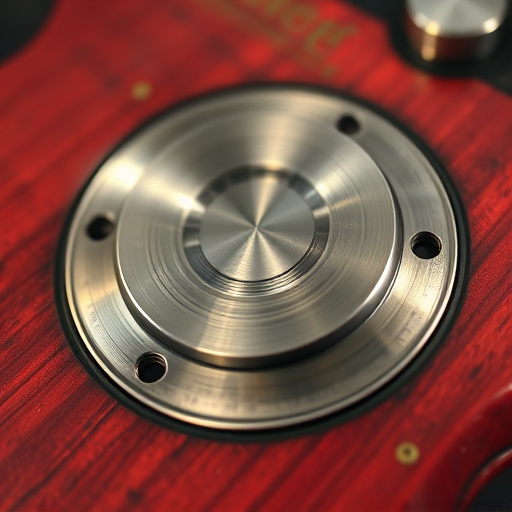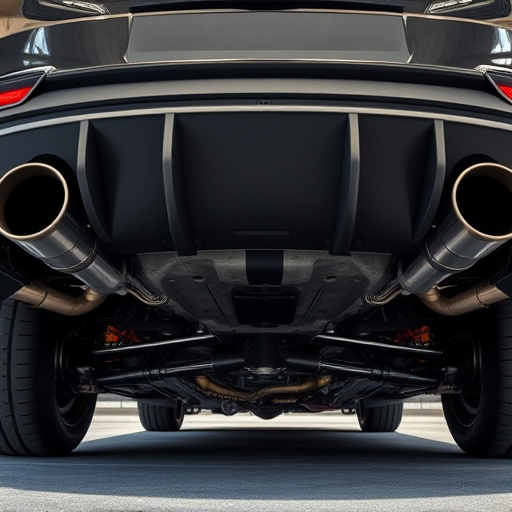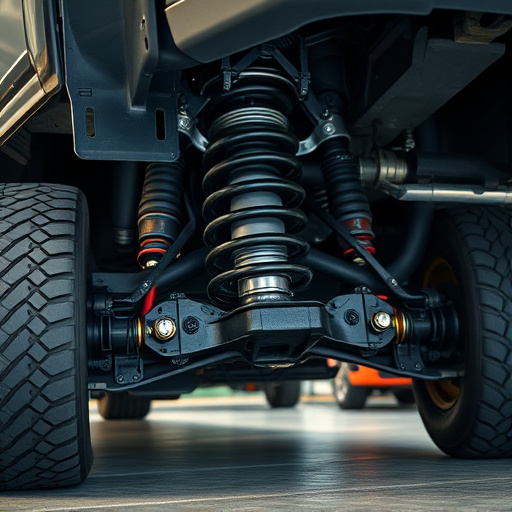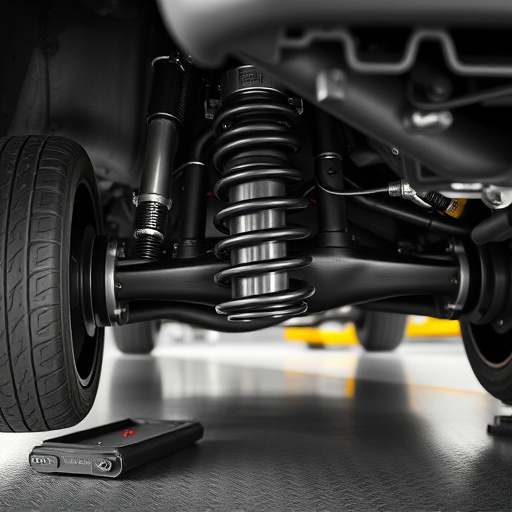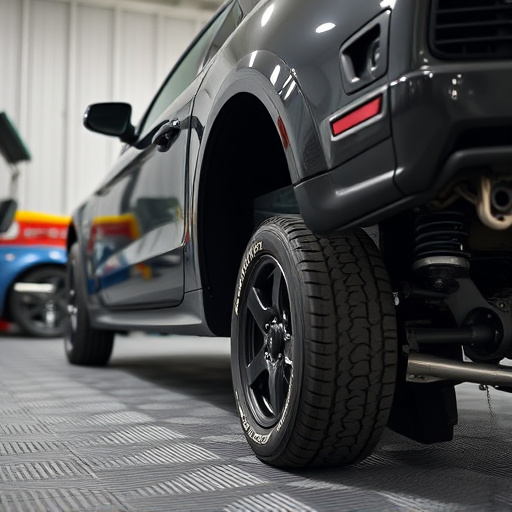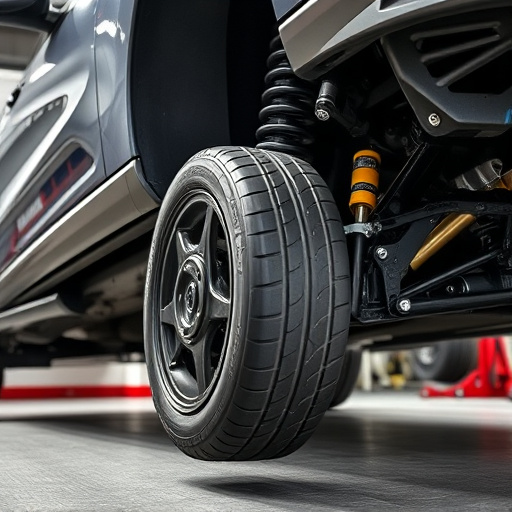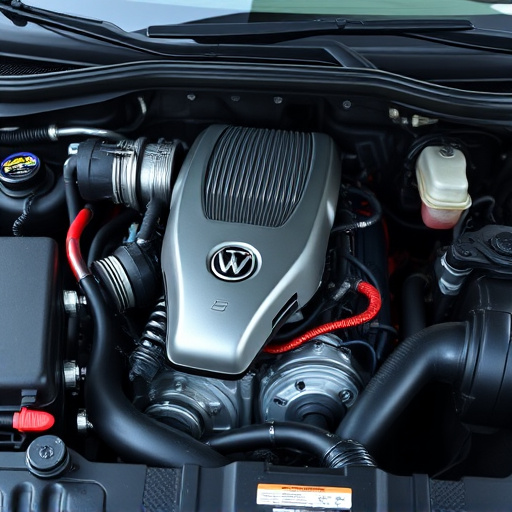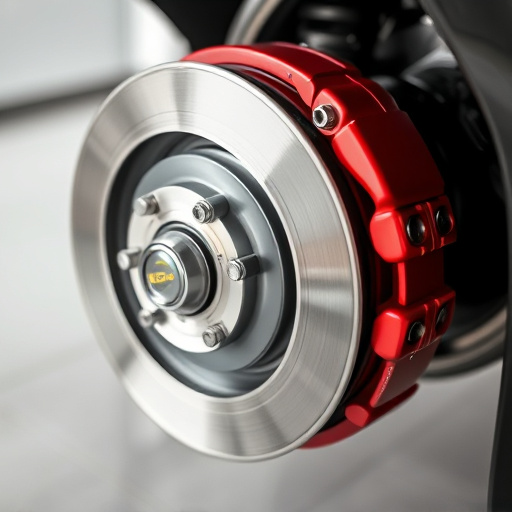Performance shocks significantly enhance control and stability in challenging driving conditions, with specialized components managing wheel movement for optimal grip on rough terrains or narrow roads. Off-road vehicles require robust, durable shock absorbers, while on-road vehicles need reliable performance shocks that adapt to varying dynamics. Regular maintenance, including inspections and prompt replacements, prevents common failure issues. Upgrading to high-quality components enhances shock performance, with engine bay cleanliness and airflow-enhancing air filters contributing to optimal functionality for on-road use.
Performance shocks are an essential consideration in both off-road and on-road vehicles, offering a smooth ride while handling varying terrains. This article delves into the intricacies of performance shocks, defining their role and exploring causes behind common failures. We highlight distinct challenges faced in off-road versus on-road settings, providing valuable prevention strategies. By understanding these factors, vehicle owners can ensure optimal shock performance, enhancing safety and driving experience across diverse road conditions.
- Understanding Performance Shocks: Definition and Causes
- Off-Road vs On-Road: Unique Shock Challenges
- Common Failures and Prevention Strategies for Performance Shocks
Understanding Performance Shocks: Definition and Causes
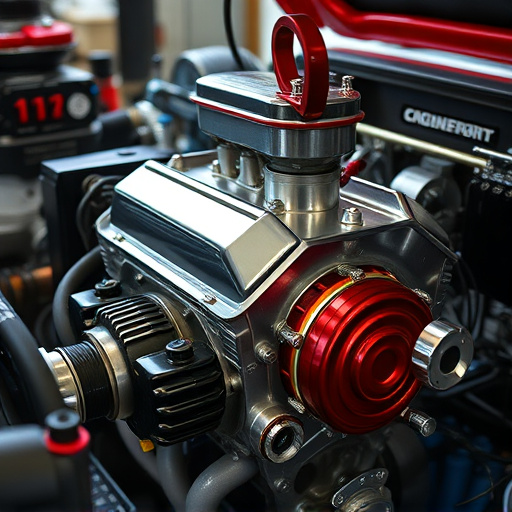
Performance shocks, a term often associated with off-road and racing vehicles, refer to specialized suspension components designed to deliver enhanced control and stability during demanding driving conditions. These shocks are more than just standard dampers; they actively regulate wheel movement, ensuring optimal grip and handling on uneven terrains or narrow roads. Understanding their role is crucial for both enthusiasts and professionals in the automotive industry.
The primary cause of performance shock degradation or failure is prolonged exposure to extreme forces and stress. High-performance parts, including coilover kits, undergo rigorous testing to withstand powerful impacts, rapid changes in direction, and intense cornering forces. Brake components, another critical aspect, must also endure these challenges while ensuring precise control and safety. Over time, constant strain can lead to wear and tear, affecting the shocks’ ability to perform optimally, which is why regular maintenance and timely upgrades are essential for optimal vehicle performance.
Off-Road vs On-Road: Unique Shock Challenges
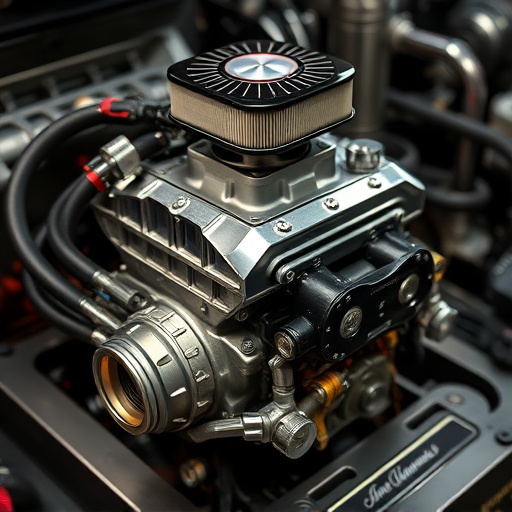
Off-road vehicles and on-road cars both demand reliable suspension systems, but their operating environments present distinct challenges that impact performance shocks. Off-roading involves navigating rough terrains, from rocky trails to muddy fields, subjecting shocks to frequent jolts, impacts, and extreme angles. This demands robust construction and design for durability, with shock absorbers needing to withstand harsh conditions without compromising control or safety.
On the other hand, on-road vehicles experience smoother riding conditions, primarily involving paved surfaces and controlled environments. While these shocks may not endure the same physical stresses as their off-road counterparts, they must still deliver consistent performance under varying driving conditions. Additionally, recent trends in high-performance automotive modifications, such as installing cold air intakes or cat-back exhaust systems, can further stress shock components by altering vehicle dynamics and center of gravity. Thus, both on-road and off-road applications present unique challenges for manufacturers to design and supply top-quality performance shocks that cater to specific requirements.
Common Failures and Prevention Strategies for Performance Shocks
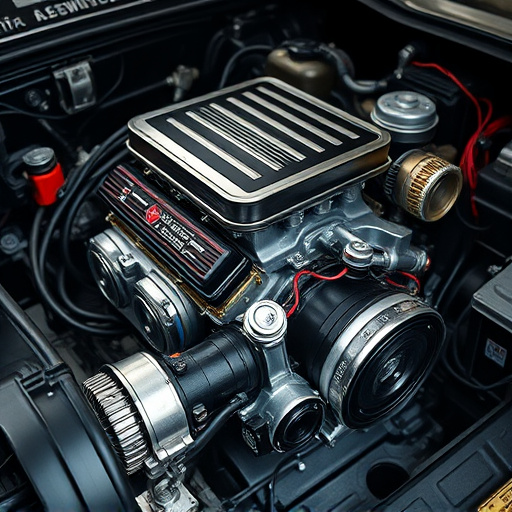
Performance shocks are a critical component in both off-road and on-road vehicles, responsible for maintaining optimal vehicle control and stability during various driving conditions. Common failures include sudden leakages, reduced shock absorption efficiency, and premature wear, often leading to unsafe handling characteristics. These issues can be attributed to factors such as poor maintenance, extreme driving conditions, and inadequate replacement parts.
To prevent performance shocks from failing, regular inspection and maintenance are essential. Checking for signs of damage, corrosion, or excessive wear, and promptly replacing any faulty shock absorbers or struts, is crucial. Upgrading to high-quality performance air filters and ensuring proper inflation pressure can also enhance shock performance. Additionally, using specialized brake components designed for off-road use can provide better control in challenging terrains. For on-road applications, maintaining a clean engine bay and considering air filter kits that improve airflow can contribute to smoother rides and optimal shock functionality.
Performance shocks are integral components in both off-road and on-road vehicles, ensuring optimal ride quality and stability. By understanding their function, recognizing unique challenges specific to each driving environment, and implementing preventive strategies, vehicle owners can mitigate common failures and extend the lifespan of these critical parts. Regular maintenance and staying informed about potential issues are key to keeping performance shocks in top shape, thereby enhancing overall driving experience.



